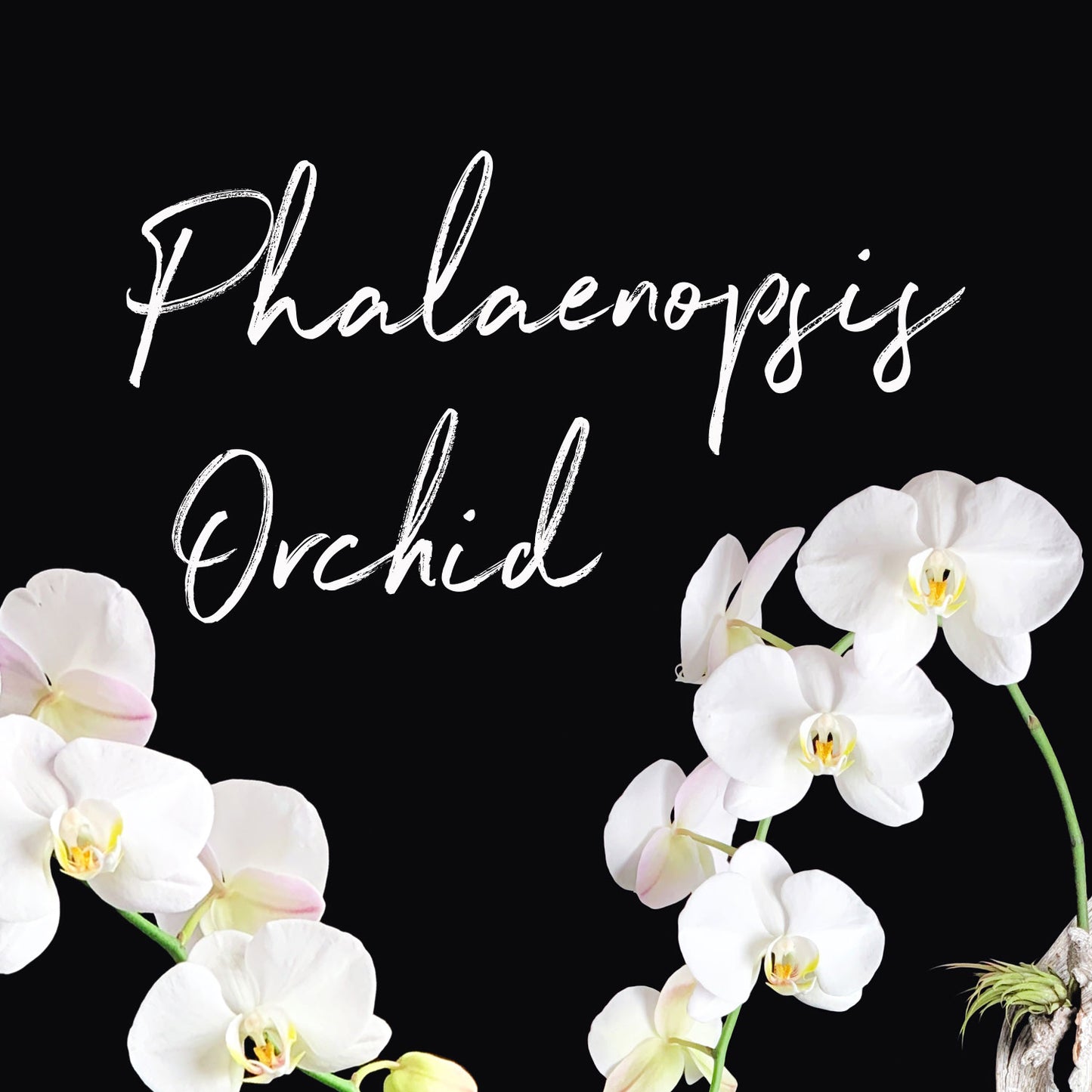
Phalaenopsis orchids grow on branches of trees in tropical rainforests. Native to warmer climates than ours, they need protection from the cold.
In the wild, aerial roots, finger-like and visible at the base of the plant, secure the orchid to the host tree. As a houseplant, loose potting medium is worked around the roots to hold it upright in a pot. You'll still see plenty of roots above the soil. They absorb water and nitrogen from the air.
A highly coveted ornamental plant, the phalaenopsis orchid represents love, luxury, beauty and strength, and makes a lovely gift for any occasion.
Here’s our best advice for orchid care.
Orchids are happiest in indirect bright morning light. If possible try keeping yours in a room with an east-facing window. Orchids may not fair well in direct sun, so use a sheer curtain or have it on a table near the window.


